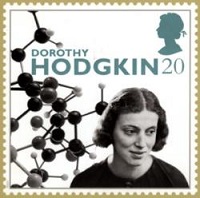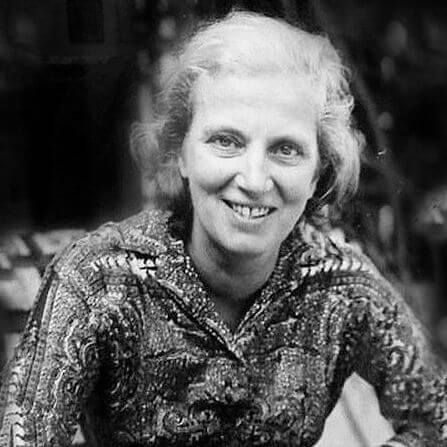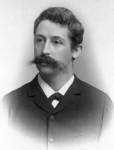![]()
Dorothy Hodgkin was a British biochemist whose mastery of X-ray crystallography helped her elucidate the three-dimensional structures of complex organic molecules, such as cholesterol, penicillin, and insulin. Her work on the structure of vitamin B-12 earned her the 1964 Nobel Prize in Chemistry.
At her Oxford University lab in 1948, she first obtained the beautiful deep red crystals of B-12 from Glaxo Laboratories. Very little was known about its chemical composition or its complicated structure at the time. Hodgkin immediately photographed it, determined its molecular mass, and discovered that it contained a cobalt atom.
 Over the next 6 years, Hodgkin and her students worked at uncovering its three-dimensional structure, collaborating with Ken Trueblood of the University of California at Los Angeles, who had access to one of the world’s most powerful computers at the time to analyze the X-ray data. She was able to announce the structure in 1954. This made possible the chemical synthesis of vitamin B-12 to treat anemia. (The only source until then was liver.)
Over the next 6 years, Hodgkin and her students worked at uncovering its three-dimensional structure, collaborating with Ken Trueblood of the University of California at Los Angeles, who had access to one of the world’s most powerful computers at the time to analyze the X-ray data. She was able to announce the structure in 1954. This made possible the chemical synthesis of vitamin B-12 to treat anemia. (The only source until then was liver.)
Dorothy Crowfoot was born in Cairo, Egypt, in 1910. Her father was an archaeologist, her mother an expert on ancient textiles. She obtained her PhD from Cambridge University and began her academic career in 1936 at Somerville College, Oxford. The next year, she married Thomas Lionel Hodgkin, an historian of Africa. They had three children. Because of her husband’s leftist political ties, Hodgkin was not permitted to visit the United States until 1994.
From the age of 24, Hodgkin suffered from rheumatoid arthritis, which eventually forced her into a wheelchair. Despite that illness, she helped pioneer the science of protein crystallography.
References:
- Nobel Prize biography
- Wikipedia biography
- Somerville College, Oxford, biography
- UCLA 20th Century Women Physicists
- Chemical Heritage Foundation biography
- Web of Stories videos of Hodgkin speaking about her life
- video of Georgina Ferry, Hodgkin’s biographer, telling the story of her work on penicillin



